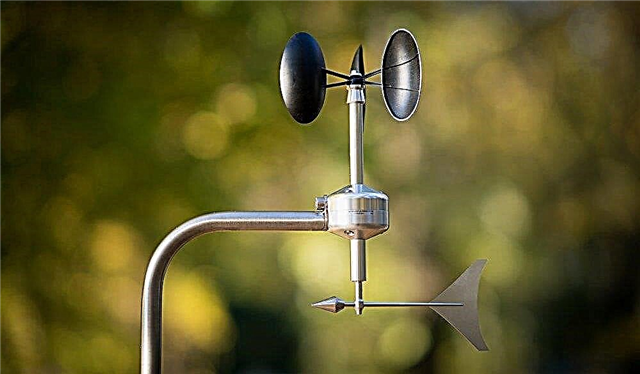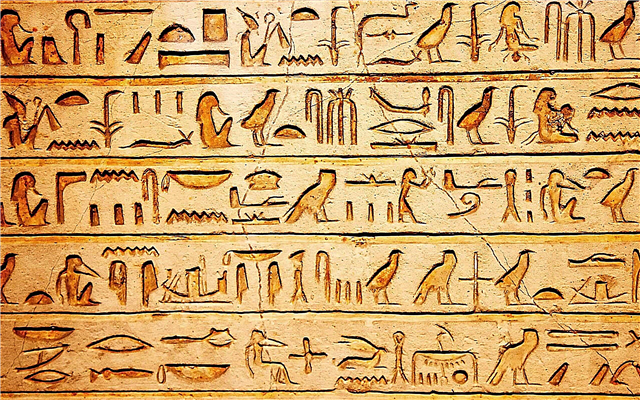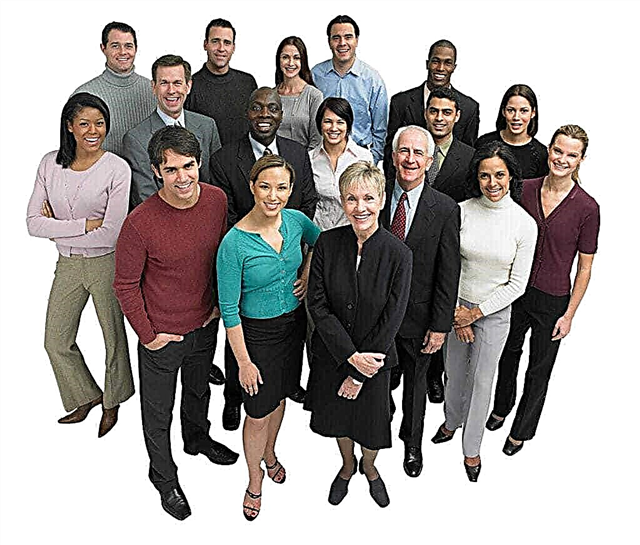
Each person gets used to his own voice. All this sounds familiar - right up to when someone does not turn on the recording where your voice is present.
At such a moment, many people are surprised, others completely dislike, completely not recognizing their voice. Why is the voice on the recording so different from what we are used to hearing? And what is he really like?
How do people hear themselves?
When a person speaks, he hears himself, receiving sound waves in two ways at once. Firstly, sound reaches the hearing organs through the air, which transmits sound vibrations. In the same way, the ear picks up all other sounds that are heard from the outside, whether it is the noise of cars, the speech of others, or something else.
Secondly, the sound vibrations produced by the vocal cords pass through the bones and other tissues, and they are also caught by the hearing organs, complementing the sound that comes from the outside. Thus, when a person speaks on his own, he picks up sound from two sources at once., while the tone they have is different.
The original timbre that everyone around you hears is the one that is transmitted through the air. Sound that travels through materials of a different density has a different timbre. As a result, both sounds overlap one another, forming the sound that a person is accustomed to hear and recognize as his own voice.
How is a person's voice heard from the outside?
Surrounding people pick up the voice only through the air, through the sound vibrations that pass through it.In the same way, any device that records sound captures them. Accordingly, he reproduces them too. Therefore, the person’s voice on the record sounds unusual for himself. Indeed, the superposition of two tones in this case does not occur. We hear an unusual sound that seems alien, and even unpleasant. The hostility arises because we are not used to associating ourselves with such sounds, we perceived ourselves and our voice somewhat differently.
An interesting fact: focusing on this difference in sound, some people believe that sound recorders distort voices. In fact, this is not so. If they are, of course, of high quality, and the recording was made in a worthy manner. The voice on the video or on the sound recording will be the one that others around us hear.
How different is the real voice from the one we hear ourselves?
But what is the difference between our real voice and the one we hear? It turns out that passing through the bones and the human body, the sound receives low overtones, because the bones provide resonance at low vibrations. And so we hear our voice lower.
But it becomes warmer. Outside, it sounds like a higher one, the heat is lost. All your relatives and friends have long been accustomed to your voice, to the one you hear from audio recordings or when watching a video. However, you are used to hearing yourself differently, and therefore you may not recognize your voice from the recording, or consider it not too pleasant.
Thus, a person does not recognize his voice on the record solely because two tones are not superimposed on him at once. Because of this overlay, we hear ourselves differently, but those around us perceive our voice exactly as it is heard on the recordings.
This is a completely normal phenomenon that everyone faces. Do not assume that the equipment deceives you and distorts the voice, it records it exactly as it is heard by others. Also, do not consider your voice on the recordings unpleasant - you simply are not used to hearing it, and even more so, to associate it with your own person.












